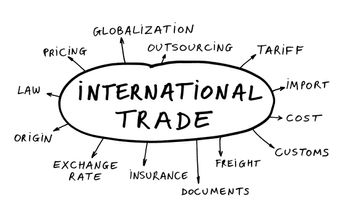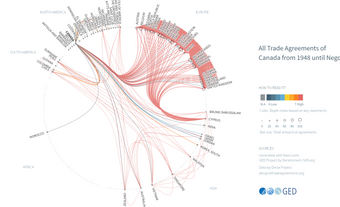Gold Standard
The gold standard is a monetary system in which the value of the currency unit (the Canadian dollar, for example) is defined in relation to the value of gold. The monetary authority in the country (which was the Department of Finance in Canada until 1935 when the central bank, the Bank of Canada, was established) then commits itself to buying and selling gold at this fixed price. The amount of gold purchased then determines the monetary reserves and hence the money supply of the economy. When other nations are also on the same system, their currencies are fixed in terms of one another's so that gold flows, along with capital flows, may then occur internationally to balance accounts between these nations.
The Canadian dollar became the official currency of the united province of Canada on 1 January 1858 and was defined as 15/73 of the British gold sovereign. This established the par rate of exchange between the British pound and the dollar at $4.867. In 1910 the Canadian dollar was officially defined in terms of fine gold instead of the gold sovereign so that it became the exact gold equivalent of the US dollar. When World War I commenced, Canada, like the United Kingdom, went off the gold standard and remained so until 1 July 1926, when it went back on again. Then, in January 1929, Canada ceased redeeming Dominion notes in gold, and thus effectively ended its adherence to the gold standard. Since that time its has either let the Canadian dollar float or pegged it to the US dollar, as in 1962-70.
See also EXCHANGE RATES

 Share on Facebook
Share on Facebook Share on X
Share on X Share by Email
Share by Email Share on Google Classroom
Share on Google Classroom


